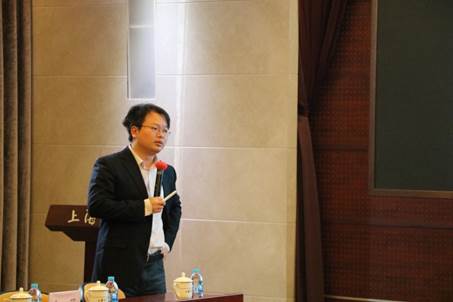
Reporter: Liu Zhuang
Malignant tumors are one of the primary threats to human health. In the field of cancer treatment, the existing mainstream cancer treatment methods, including surgery, chemotherapy and radiotherapy, all have their own limitations: surgery is often difficult to completely remove all cancer cells in the body, especially after the tumor has metastatic. Chemotherapy has great toxic and side effects and often induces drug resistance of cancer cells, which leads to unsatisfactory clinical response for most patients. At present, the clinical use of radiotherapy is often only for local tumor radiation treatment, it is difficult to deal with the tumor after systemic metastasis. Immunotherapy is a rapidly rising cancer treatment strategy in recent years. Different from the traditional radiotherapy and chemotherapy, which rely on external forces to "poison" tumor cells, immunotherapy mainly induces the body's own immune system to attack tumor cells throughout the body. In recent years, a variety of immunotherapy techniques, such as CAR T therapy and immune checkpoint blocking therapy, have yielded encouraging clinical results in some types of cancer therapy. However, there is still an urgent need to improve the universality of this kind of treatment, and there is room for further improvement of efficacy.They're trying to combine nanomaterial technology with immunotherapy strategies.In a recent study, we use have been approved by FDA material system to build a new treatment with biological material, immunotherapy strategies can be combined with optical treatment, radiotherapy techniques and play a synergistic effect, by local treatment to achieve general curative effect, effectively inhibiting tumor metastasis and relapse, animal experiment results are encouraging. Among them, radiation-mediated immunotherapy strategy is an improvement on the basis of currently widely used clinical techniques, and has a good prospect of clinical application.